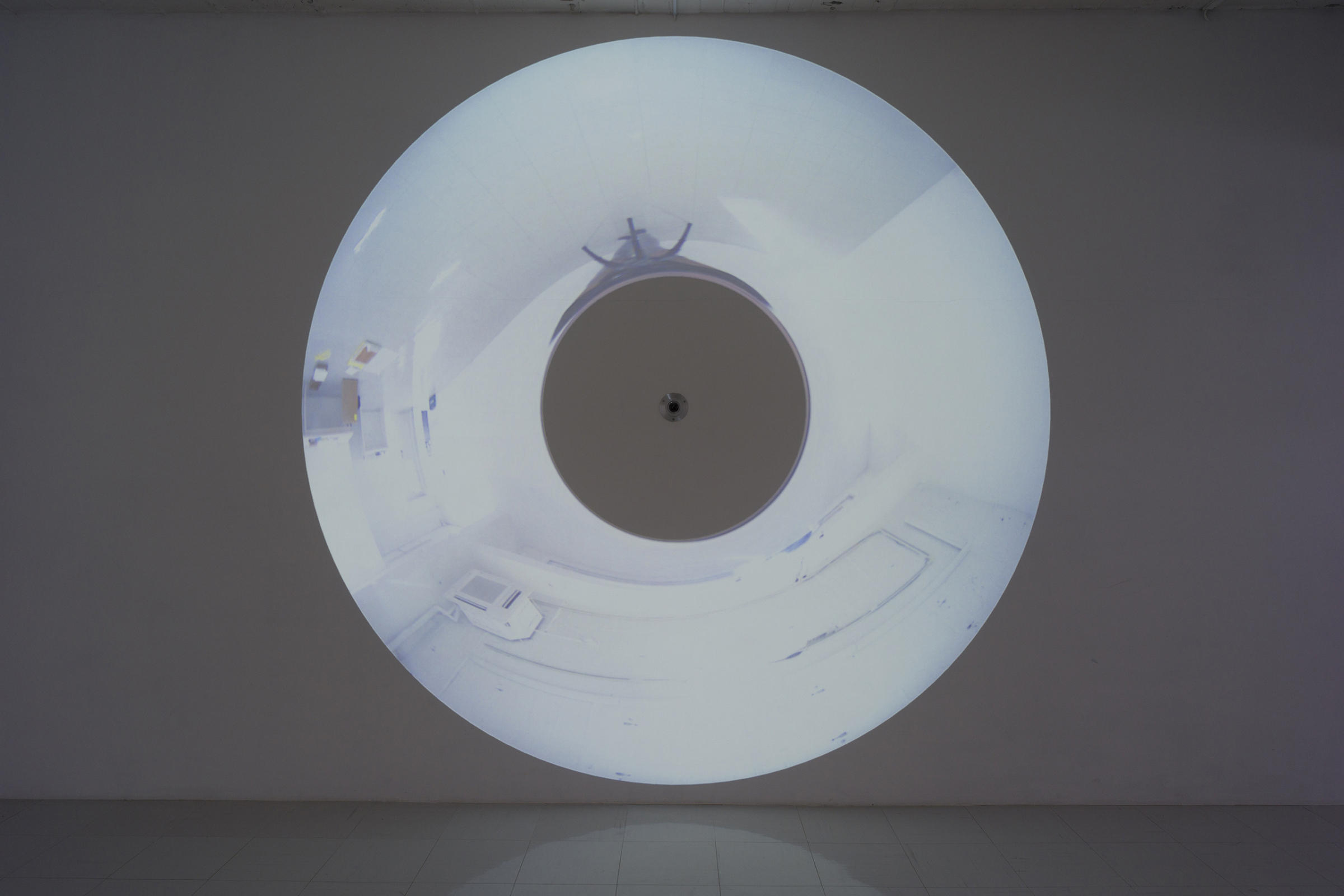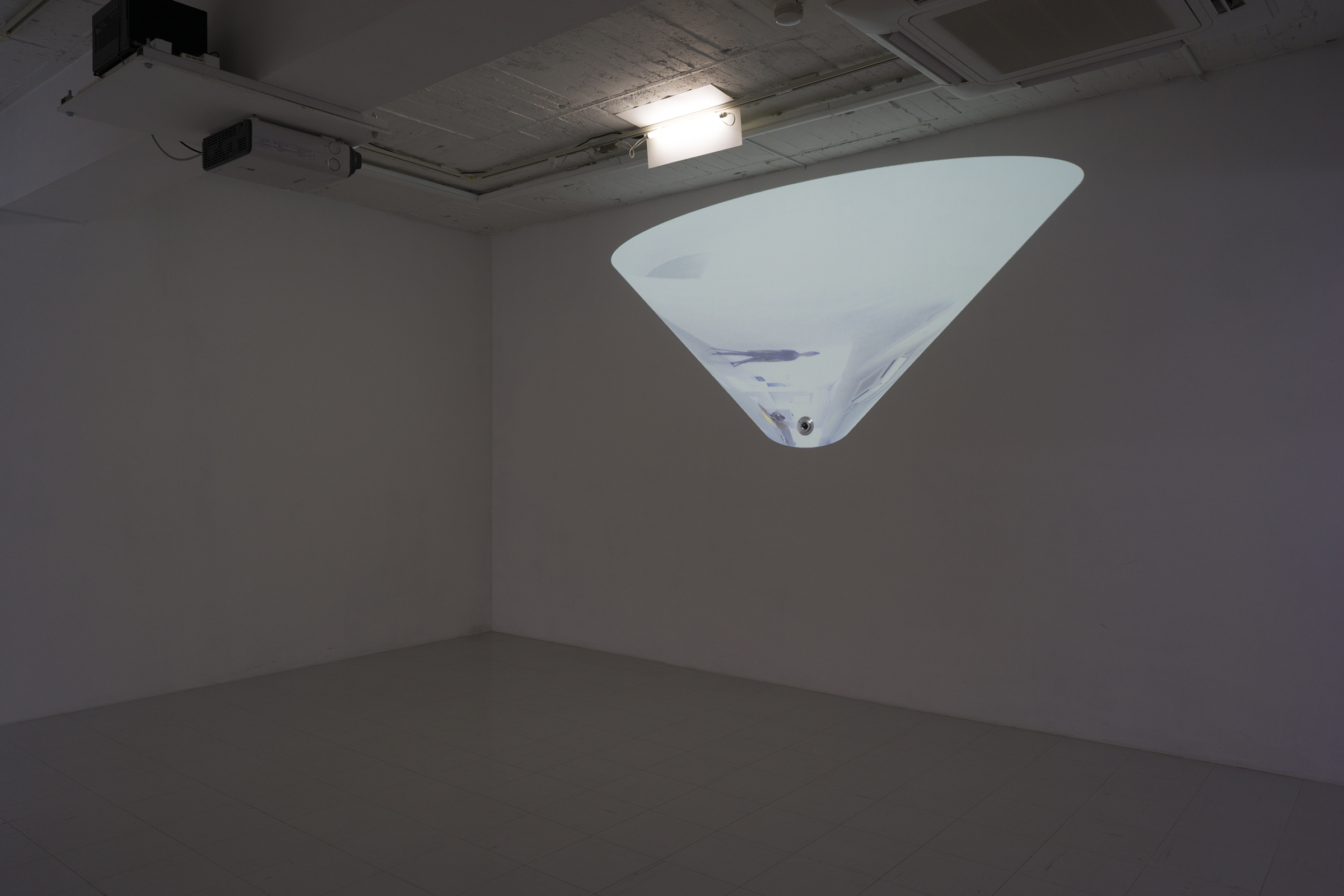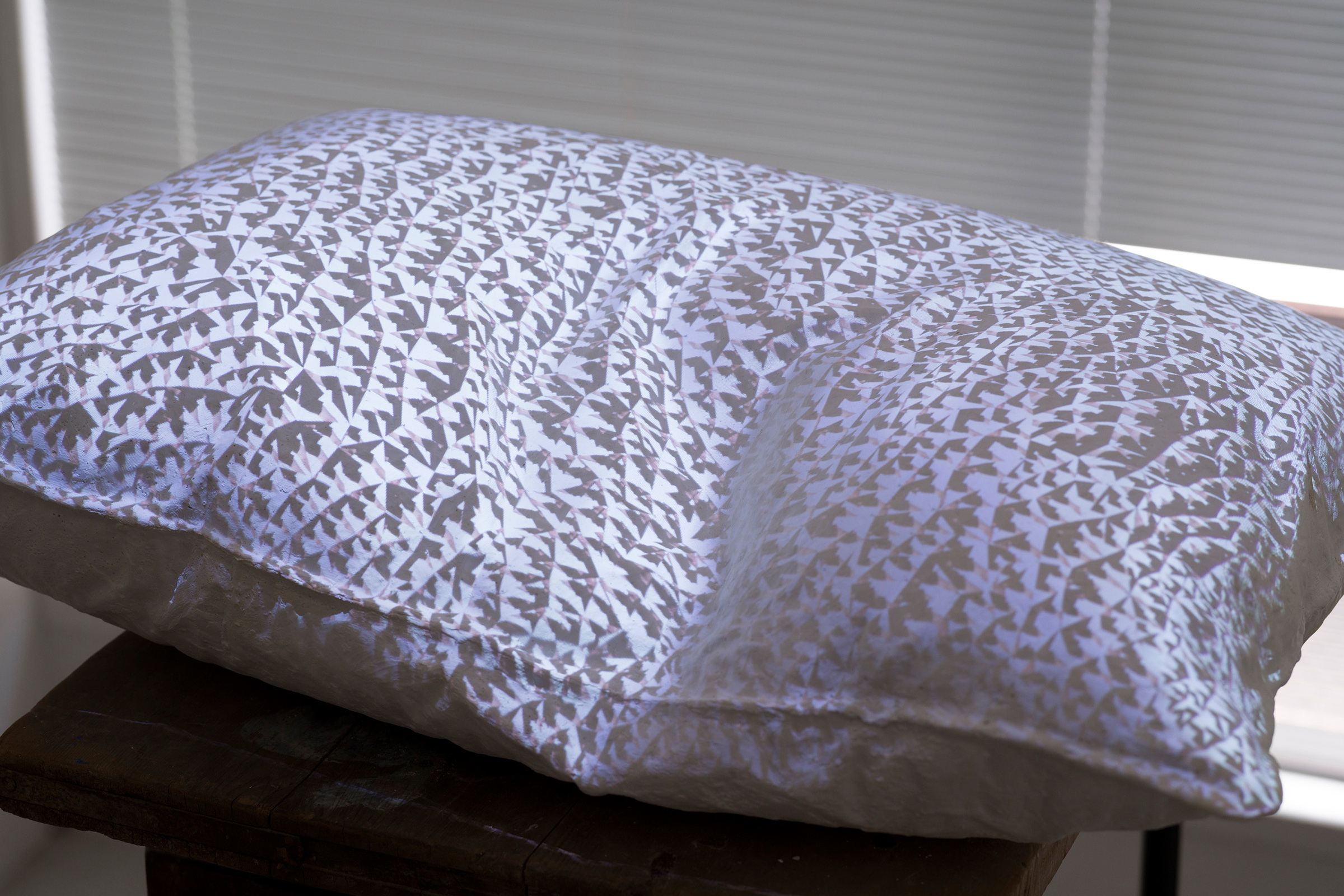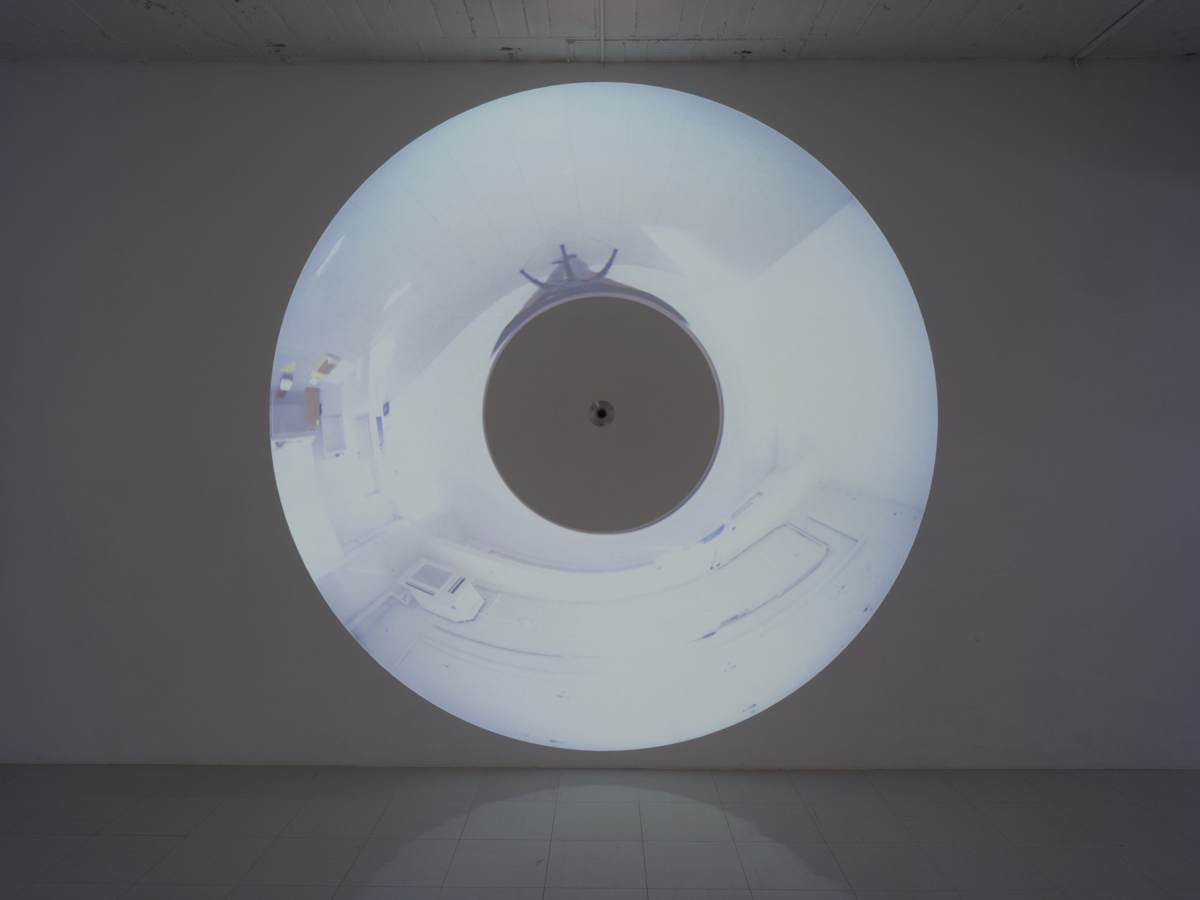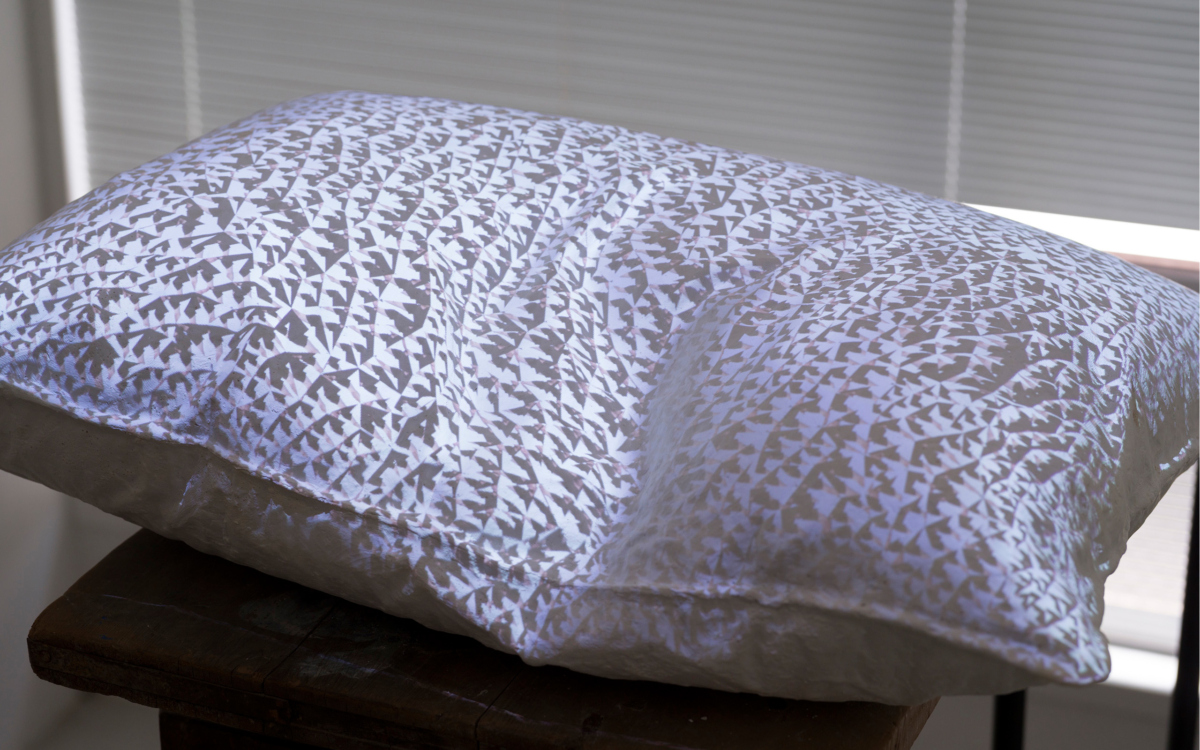Tokyo
Masaki Fujihata E.Q.
2019/7/6–8/31
Projection Equipment Supported by Canon Marketing Japan Inc.
Artist Website
Opening Reception
2019.7.6 (sat)16:00-18:00
at Tokyo Gallery+BTAP | Tokyo
Artists' Talk Events (limited to 30 people)
2019 July 20 (sat) 15:00-16:30
Artist's Talk: Masaki Fujihata (Japanese-only)
2019 July 27 (sat) 15:00-16:30
Artists' Discussion: Masaki Fujihata × Kurose Yohei (Japanese-only)
2019 August 21 (sat) 18:00-19:30
Dialogue: Masaki Fujihata × Yuk Hui (English translation available)
Tokyo Gallery+BTAP is pleased to announce E.Q., an exhibition of the works of Fujihata Masaki.
In 1968, Tokyo Gallery hosted two exhibitions under the theme of sight: Tricks and Vision: Stolen Eyes, an exhibition that questioned the idea of visual perception, and Computer Art: Media Transformation through Electronics, an exhibition by the CTG (Computer Technique Group) that captured images using new forms of media. Today, the Japanese art scene is dominated by media art. E.Q., an exhibition by a media art pioneer, revisits the relationship between images and visual perception.
In engineering, ‘EQ’ is an abbreviation for ‘equalization’, and in the world of images, an equalizer is a device used to colorize images. However, the term ‘equalise’ originally referred to the act of balancing the left and right sides of a mathematical equation. It follows that ‘equalization’ can be used in a media technology context to refer to the act of correcting the distortions that arise when an image is converted into different media.
In E.Q., images captured in real time by a high-definition camera are converted into sets of coordinates by a computer and projected onto a screen. The images projected are representations of the viewer’s body, but unlike a reflection in a physical mirror, these images, rendered in an unfixed, digital medium, are always transitory. An interactive work of E.Q.’s calibre could only be the work of Fujihata Masaki, an artist who has consistently pursued radical expression under a theme of visual perception.
An opening reception with the artist in attendance will be held from 4pm on Saturday, 6 July. All are welcome.
E.Q.
Masaki Fujihata May 2019
The image as something that may be possessed, rather than merely seen, is a relatively recent development. By their nature, images are ever-transitory, and it was not practicably possible to physically fix an image until the invention of photography in the 19th century, in a marriage of chemistry and optics. The ability to fix images, a feat previously not thought possible, led us to question what it actually means to ‘see’ something.
The discipline of painting responded to the invention of photography by distancing itself from the pursuit of imaging, instead stubbornly defining itself in terms of paint and pictures. The invention of photography also led to the emergence of the term ‘visual arts’, which encompassed new media such as photographs and video. However, as the visual arts scene ultimately moved away from the pursuit of exposing the true nature of images, the use of the term ‘visual arts’ merely succeeded in muddying definitions.
The advent of digital technologies has enabled us to freely manipulate images that would otherwise never have been recorded. Once again, the human body and its image are able to dance with one another in real time. Rather than relying on optics, digital image manipulation uses algorithms to produce images – an algorithm is a mathematical formula, a means for solving a problem, or steps for performing a task. In order to create a new process for performing a task, you need to first paint a picture in your head – after all, we know that if you do not have an image in your mind of what you are trying to achieve, you will probably fail. Algorithms have enabled us to create visual images that have meta dimensions.
The only thing that directly links visual perception to an image is the body of the viewer. Originally a reflection in a body of water, this type of imaging only became referred to as a ‘mirror image’ with the advent of more modern technology. A person viewing herself in a mirror is forced to use her body in order to view an image of her visual appearance, in a phenomenon governed solely by physical and optical relationships. However, digital technology has opened up infinite possibilities for reflecting subjects in reproductive media. Unlike the phenomenon whereby a person, after seeing a mirror for the first time or seeing a photograph of herself for the first time, finally accepts the image as herself and ceases to question it, images rendered in non-fixed, digital media are transitory in infinitum, and present an infinite number of questions.
